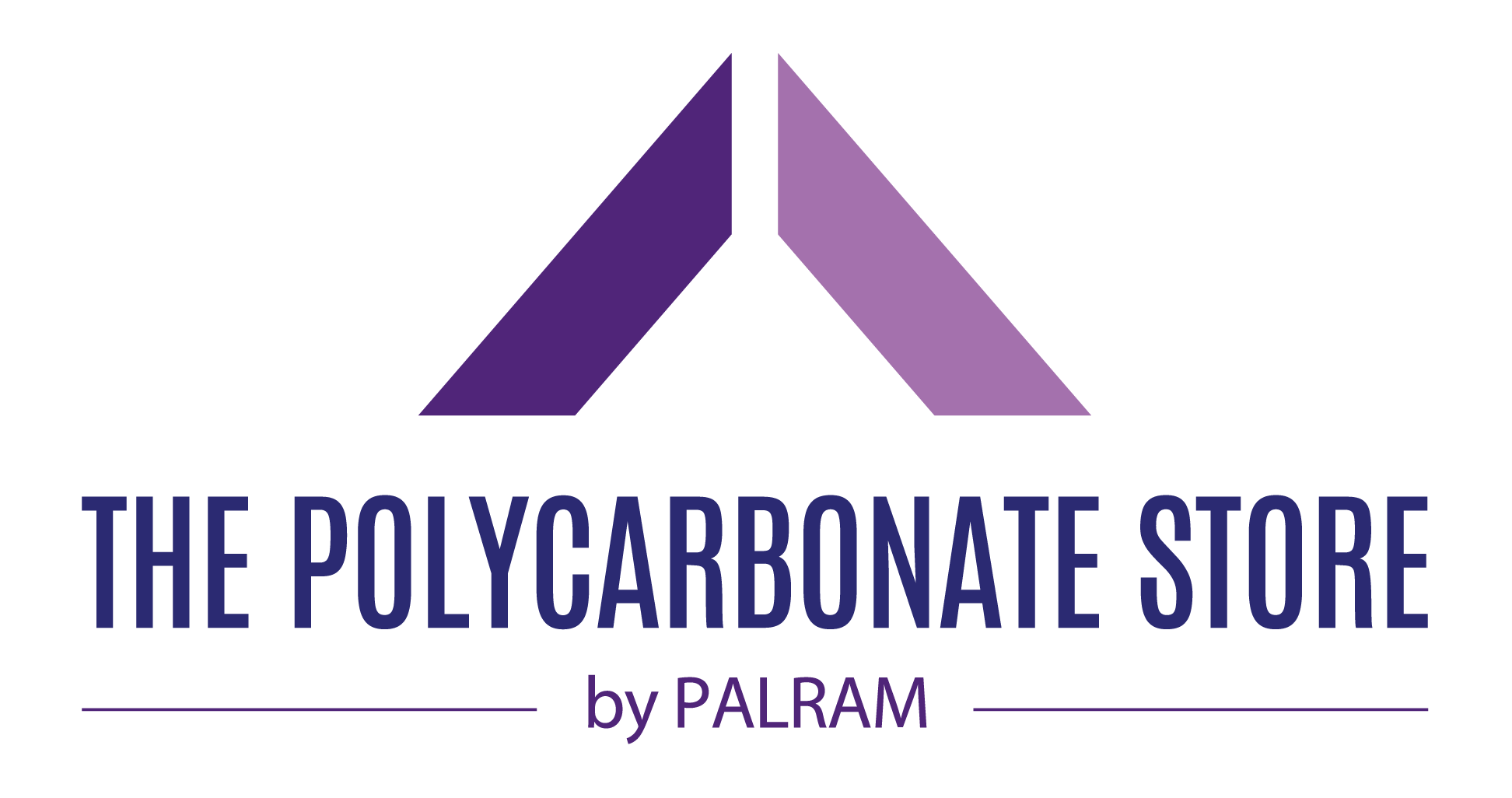Condensation
Condensation in Polycarbonate Roof Sheets: Understanding and Managing the Issue
Condensation within polycarbonate roof panels—whether twinwall or multiwall—is a common occurrence, especially in conservatories, greenhouses, and other structures with varying internal and external temperatures. Understanding why it happens and how to manage it can help maintain the clarity and longevity of your polycarbonate roofing.
What Causes Condensation in Polycarbonate Sheets?
Condensation forms when warm, moist air comes into contact with a cooler surface, such as the inner surfaces of polycarbonate sheets. This is particularly prevalent in multiwall configurations, where the hollow chambers can trap moisture. Over time, this trapped moisture can condense into droplets, leading to the foggy appearance often observed in the lower third of the panels or near the edges where the panels meet the glazing bars.
Factors Contributing to Condensation
Several elements can influence the extent of condensation:
- Installation Practices: Improper sealing or inadequate ventilation can intensify moisture buildup.
- Environmental Conditions: High humidity levels, proximity to trees or vegetation, and external weather conditions can increase moisture levels.
- Building Design: The pitch or orientation of your conservatory or structure can affect airflow and temperature regulation.
- Internal Factors: Use of central heating, cooking, or other moisture-producing activities can elevate indoor humidity levels.
Preventative Measures to Minimise Condensation
To reduce the likelihood of condensation:
- Ensure Proper Ventilation: Install ridge and soffit vents to promote air circulation.
- Use Anti-Dust Breather Tape: Apply breathable filter tape to the lower ends of the sheets to allow moisture to escape while preventing dust and insects from entering.
- Seal Edges Properly: Apply a continuous bead of quality low-modulus neutral-cure, compatible sealant to ensure a watertight seal.
- Maintain Dry Installation Conditions: Ensure that polycarbonate sheets are clean and dry before installation to prevent trapped moisture.
Why PVC Sheet Closures Are Essential
While aluminium tape and anti-dust breather tape help reduce dust ingress and improve ventilation, they are not a substitute for proper end sealing. PVC sheet closures (sometimes called “end caps” or “u-channels”) are designed to seal the open flutes of your polycarbonate sheet. This serves several crucial purposes:
- Water protection: Closures prevent water from entering and pooling within the flutes, which can lead to backing-up or leakage into adjacent structures.
- Dust, insects, and debris exclusion: They block dust, insects, and other particles from entering and clogging the channels—something that tape on its own cannot reliably achieve over time.
- Condensation control: By limiting airflow and external moisture from entering the flutes, closures help reduce internal condensation.
- Structural longevity: Properly fitted closures protect the sheet’s internal structure from damage, algae growth, and long-term degradation.
Managing Existing Condensation
If condensation has already formed:
- Improve Ventilation: Enhance airflow by installing additional vents or using a dehumidifier.
- Clean the Sheets: If removable, clean the sheets with soapy water and a soft cloth, then allow them to dry completely in a warm, dry area before reinstalling.
- Consult a Professional: If the issue persists, seek professional advice to assess and address the underlying cause.
Important Considerations
- Not a Defect: Some condensation is normal and not considered a defect in polycarbonate roofing.
- Regular Maintenance: Regularly inspect and maintain your polycarbonate roofing to ensure longevity and performance.
- Use Appropriate Accessories: Always use recommended accessories and components to ensure compatibility and effectiveness.


